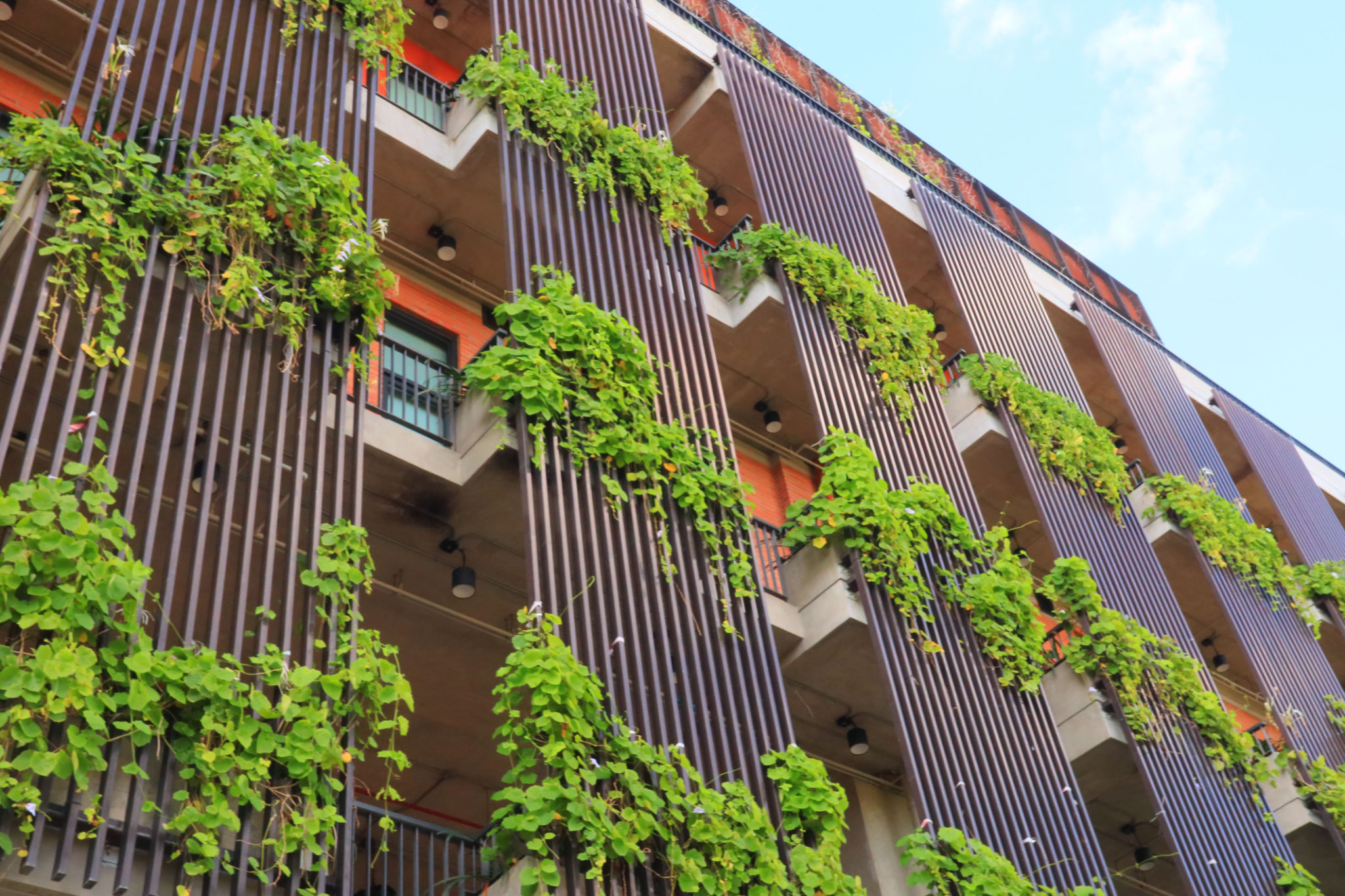Case Study: Successful Eco-Friendly Building Finance Projects in the UK
JB
Introduction to Eco-Friendly Building Finance
In recent years, the UK has seen a significant increase in eco-friendly building projects. These initiatives are not only beneficial for the environment but also present attractive investment opportunities. The success of these projects largely depends on effective financing strategies tailored to sustainable development. This blog post explores some remarkable case studies of successful eco-friendly building finance projects in the UK.

The Rise of Green Financing
Green financing has become a crucial component in the construction sector. As more investors focus on sustainable and responsible practices, eco-friendly building projects have gained momentum. Green financing involves funding projects that are environmentally sustainable, ensuring reduced carbon footprints and enhanced energy efficiency.
Several financial institutions in the UK have committed to supporting such initiatives, providing loans and grants specifically designed for sustainable construction. These financial products often come with incentives like lower interest rates or extended repayment terms, encouraging more developers to adopt green practices.
Case Study 1: The Green City Project
The Green City Project in Manchester is a prominent example of successful eco-friendly building finance. This project involved the development of a residential complex designed with sustainability at its core. The developers secured a green loan from a consortium of banks, facilitated by government incentives aimed at reducing urban carbon emissions.

This project has set a benchmark in sustainable urban development, featuring energy-efficient appliances, solar panels, and rainwater harvesting systems. The success of the Green City Project highlights the importance of collaborative efforts between financial institutions and developers in achieving eco-friendly goals.
Case Study 2: The Solar Housing Initiative
Another notable example is the Solar Housing Initiative in Bristol. This project focused on constructing affordable housing units powered entirely by solar energy. The initiative was funded through a combination of government grants and private investments dedicated to renewable energy projects.
The financial structure of this project ensured that the cost savings from reduced energy consumption were passed on to the residents, making it an economically viable and environmentally friendly solution. The Solar Housing Initiative serves as a model for integrating renewable energy into residential projects.
The Role of Government and Policy
Government policies play a significant role in facilitating eco-friendly building finance. In the UK, various schemes and incentives have been introduced to promote sustainable construction practices. These include tax breaks, subsidies, and direct funding for projects that meet specific environmental standards.

Moreover, regulatory frameworks have been established to ensure that new constructions adhere to environmental guidelines. These measures have created an enabling environment for developers and investors to pursue eco-friendly building projects with confidence.
Challenges and Future Prospects
Despite the successes, challenges remain in financing eco-friendly building projects. High initial costs and market uncertainties can deter potential investors. However, as awareness and demand for sustainable buildings grow, it is expected that more innovative financing solutions will emerge.
The future of eco-friendly building finance looks promising, with increasing support from both public and private sectors. As technologies advance and economies of scale are achieved, these projects will become more accessible and cost-effective, paving the way for a greener, more sustainable future in the UK.